I am doing a leetcode problem.
A robot is located at the top-left corner of a m x n grid (marked 'Start' in the diagram below).
The robot can only move either down or right at any point in time. The robot is trying to reach the bottom-right corner of the grid (marked 'Finish' in the diagram below).
How many possible unique paths are there?
So I tried this implementation first and got a "exceeds runtime" (I forgot the exact term but it means the implementation is slow). So I changed it version 2, which use a array to save the results. I honestly don't know how the recursion works internally and why these two implementations have different efficiency.
version 1(slow):
class Solution {
// int res[101][101]={{0}};
public:
int uniquePaths(int m, int n) {
if (m==1 || n==1) return 1;
else{
return uniquePaths(m-1,n) + uniquePaths(m,n-1);
}
}
};
version2 (faster):
class Solution {
int res[101][101]={{0}};
public:
int uniquePaths(int m, int n) {
if (m==1 || n==1) return 1;
else{
if (res[m-1][n]==0) res[m-1][n] = uniquePaths(m-1,n);
if (res[m][n-1]==0) res[m][n-1] = uniquePaths(m,n-1);
return res[m-1][n] + res[m][n-1];
}
}
};
